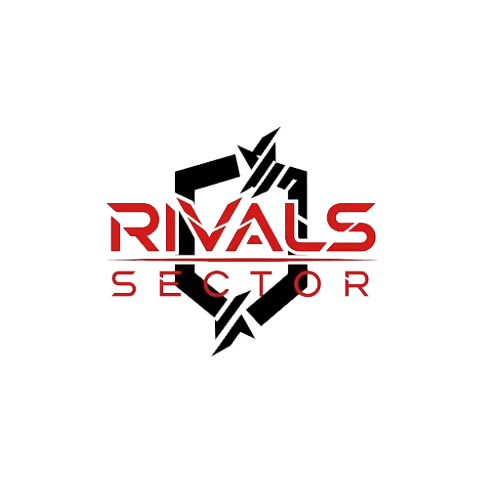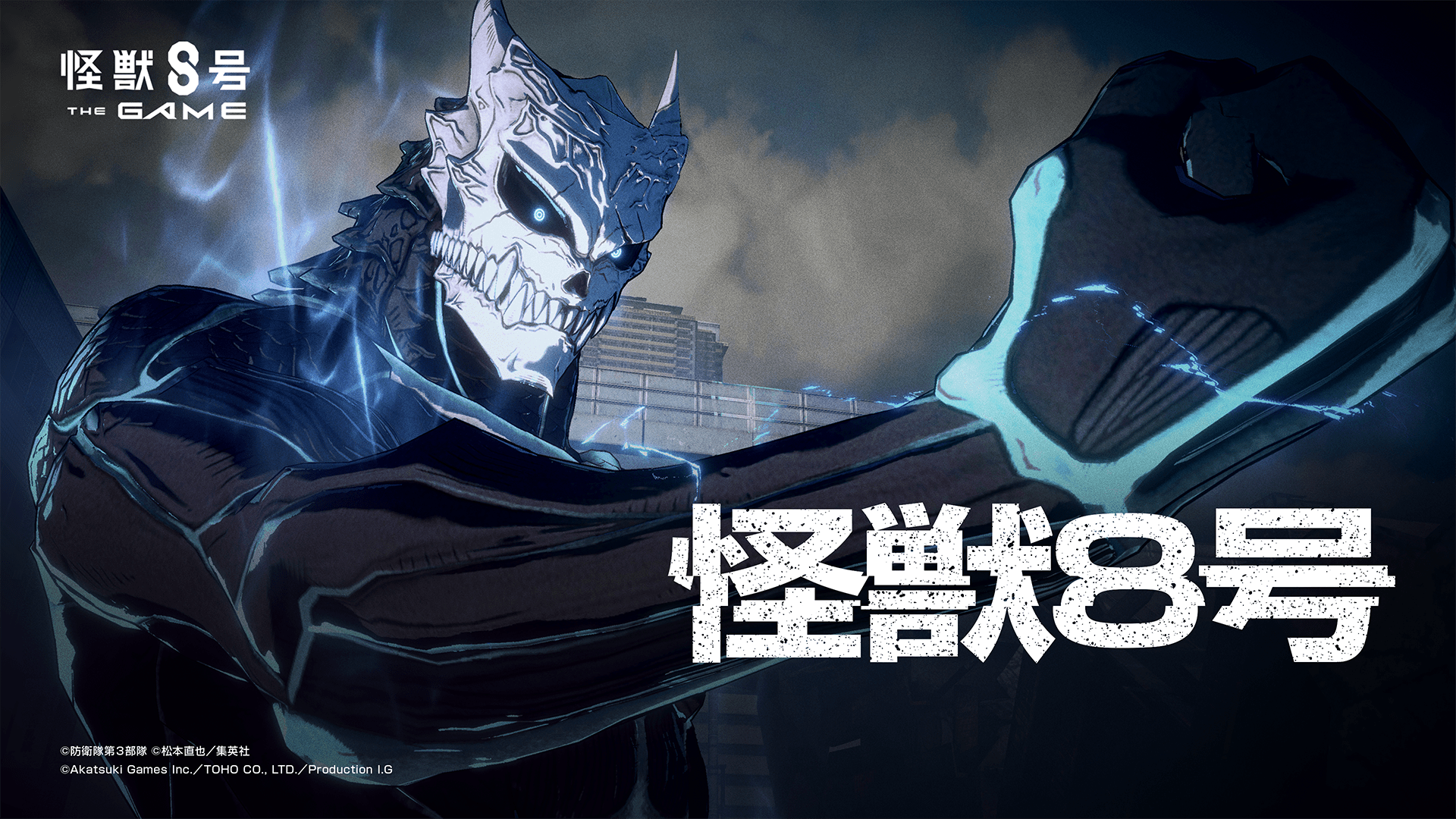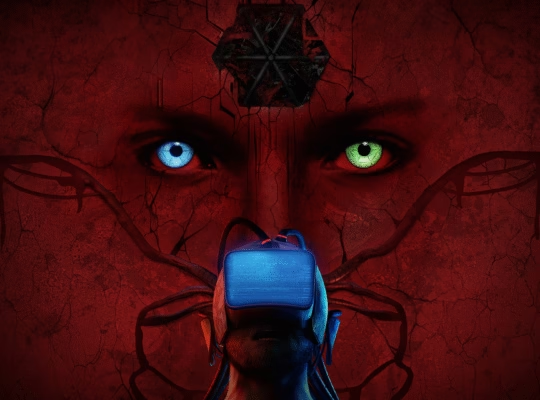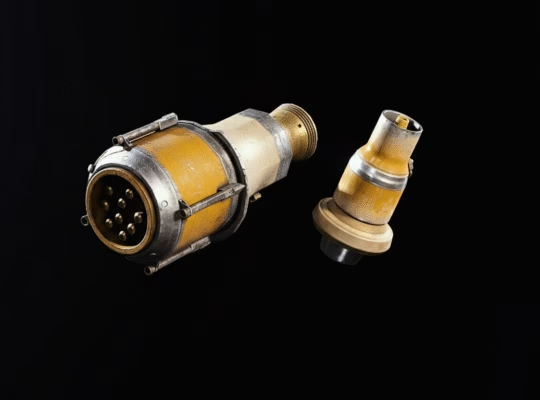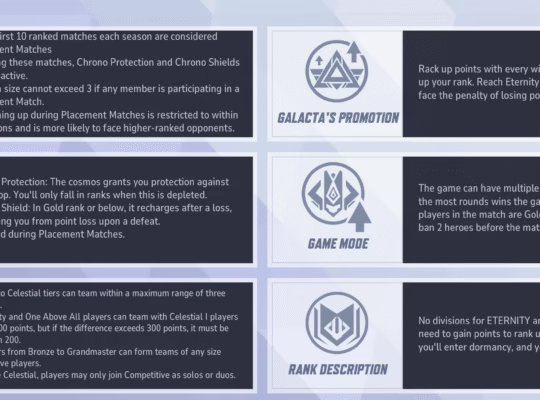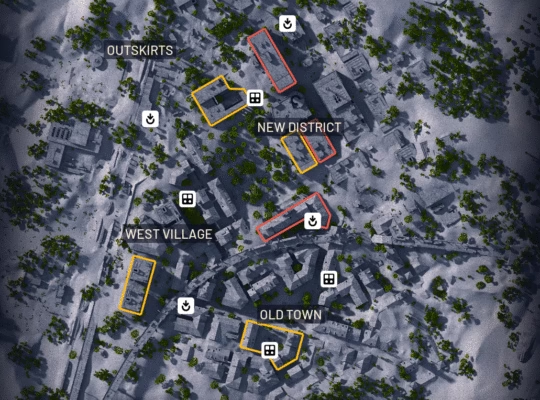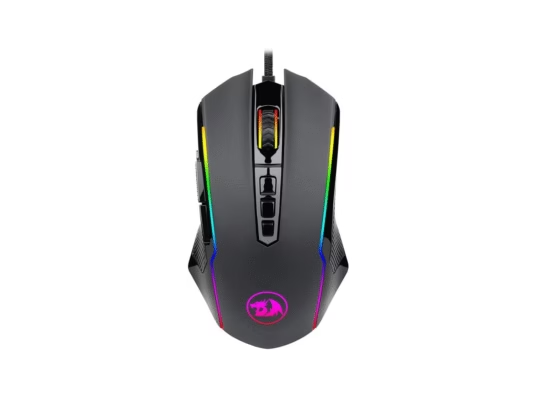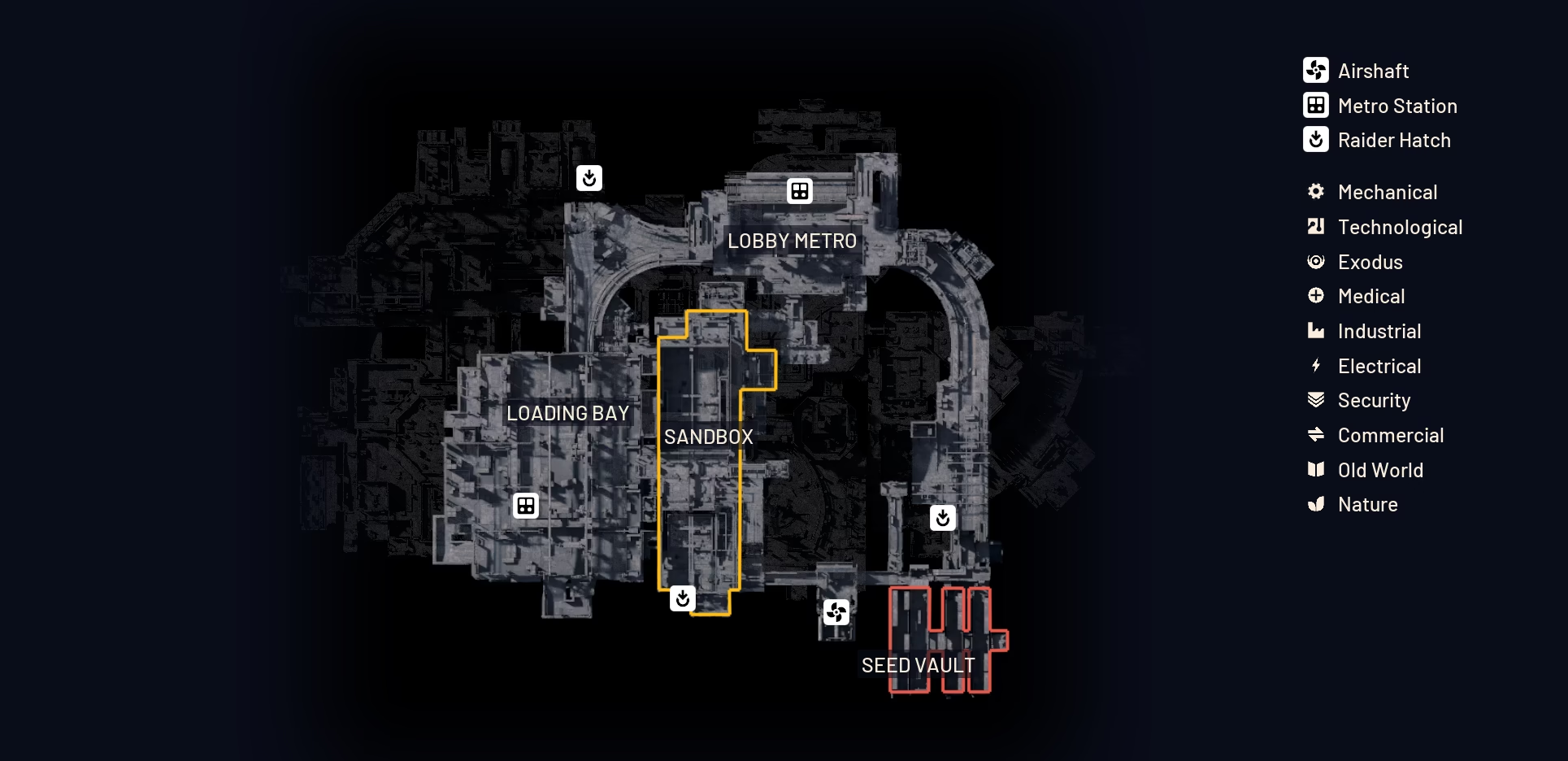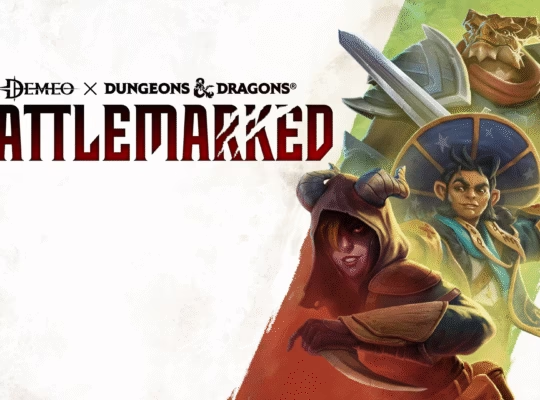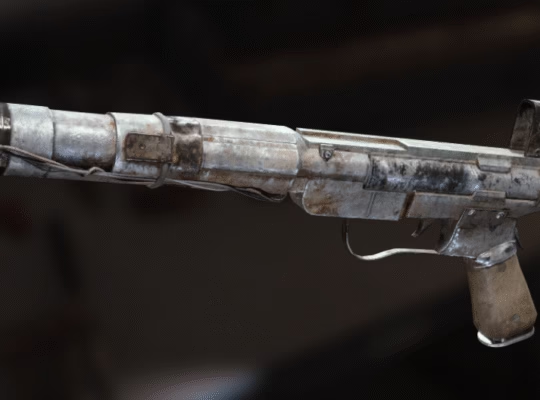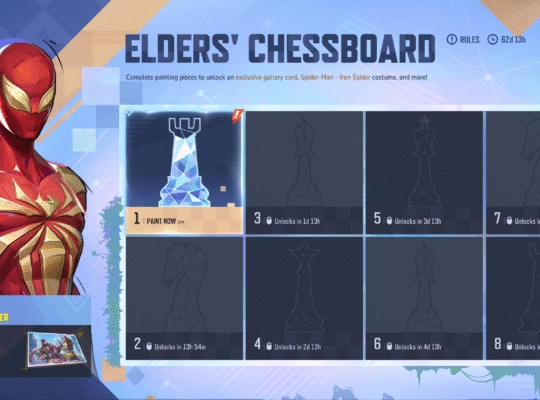From the moment I first laid eyes on Naoya Matsumoto’s manga, I knew Kaiju No. 8 was destined for a big-screen adaptation, and I was right. The anime absolutely knocked it out of the park, bringing the intense battles and heartfelt character moments to life with stunning visuals and a stellar voice cast. So when Akatsuki Games announced a free-to-play RPG based on the series, I was both thrilled and cautious. As a long-time gamer who’s seen countless anime-to-game adaptations, I know the drill. Some are instant classics, but many fall short, feeling more like a cash grab than a genuine love letter to the source material. After spending some serious time with Kaiju No. 8 THE GAME, I’m here to give you my honest, in-depth take on what we’ve got and what we can expect from this monster-slaying adventure.
The game officially launched globally for mobile devices on August 31, with a PC release on Steam just around the corner, planned for October 1. The hype leading up to it was palpable, and I’ve been grinding away, fighting alongside Kafka and the rest of the Third Division, to bring you this comprehensive breakdown. Is this the definitive Kaiju No. 8 experience we’ve been waiting for, or just another gacha game to pass the time? Let’s dive in.
The Core Gameplay: Strategic Turn-Based Action
The first thing you’ll notice about Kaiju No. 8 THE GAME is its art style and presentation. The 3D models of the characters and kaiju are fantastic, looking exactly as they do in the anime. The combat animations are slick and impactful, from Kafka’s earth-shattering punches to Mina’s massive cannon blasts. The game has nailed the visual aesthetic, which is a huge win right off the bat.
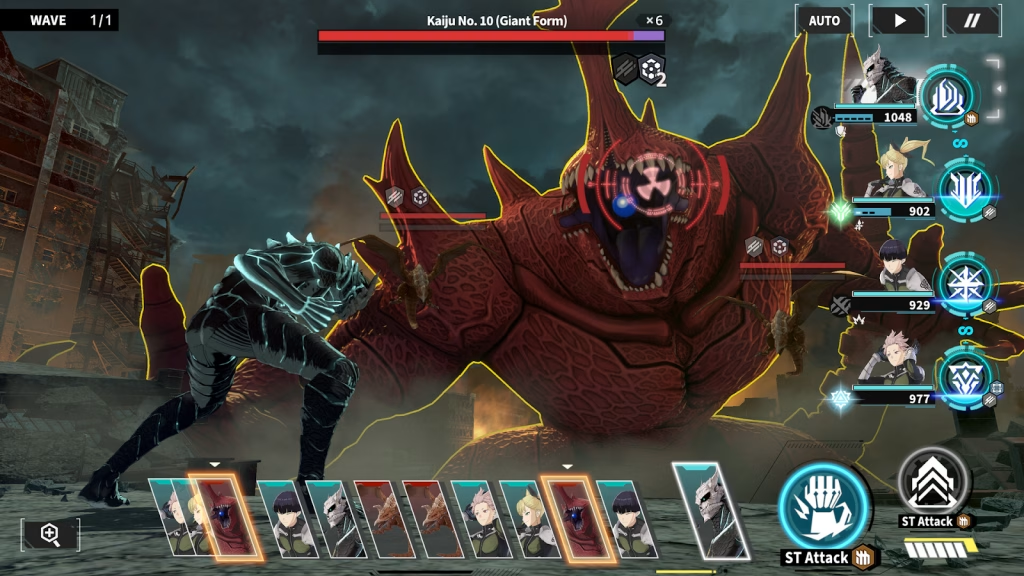
The gameplay itself is a turn-based battle RPG. It’s a squad-based system where you control a team of four Defense Force officers. The turn order is visible at the bottom of the screen, a standard feature for this genre that allows for strategic planning. You manage a shared SP pool to use your characters’ skills, which forces you to be smart about your resource management. Simple attacks restore SP, while more powerful abilities consume it. This mechanic creates a nice rhythm to the combat.
The real strategic depth comes from the “plate” system. Kaiju are protected by these discreet shields, and you have to break them to expose the monster’s core. Once the core is exposed, the attacking character’s partner automatically follows up with an attack, and the kaiju is pushed back in the turn order. This is a brilliant mechanic that directly ties into the show’s focus on team-based combat. It’s not just about brute force, it’s about coordinating your squad to break through the enemy’s defenses and land the final, devastating blow. This system feels intuitive and rewarding, making each fight a puzzle to solve.
Story, Content, and The Gacha Grind

For fans of the series, the game offers a good mix of familiar and original content. The main story mode follows the events of the anime, and it’s fully voiced in Japanese, which is a huge plus. The high-quality voice acting makes the story segments feel like you’re watching a new episode, even if the cutscenes are a little simplified at times. Beyond the main narrative, there are original side stories that flesh out the backstories of your favorite characters. This is where the game truly shines for dedicated fans. I loved getting to see more of the Third Division’s day-to-day lives and missions.
However, like most games in this genre, the main story is relatively short. After a few days of intense play, you’ll likely have caught up. This brings us to the endgame, which is all about the grind. The game features a variety of modes to keep you busy:
- Dimensional Gates: These are essentially end-game missions that pit you against powerful, iconic kaiju.
- Training and Expeditions: These are your daily grind modes for farming materials to level up and enhance your characters.
- Fierce Battle Arena: The game’s version of a challenge mode, where you test your squad against increasingly difficult waves of enemies.
Now, let’s talk about the elephant in the room: the gacha system. It’s a free-to-play game, so this was always a given. The gacha features both characters and their unique “Numbers” weapons on the same banner. The overall five-star pull rate is a decent 8%, but the featured character and weapon rates are much lower, which can be frustrating. You might pull a powerful weapon but not have the character to use it effectively, or vice versa. This can make progression feel a bit stalled if you’re not lucky.
Here’s a quick look at some of the launch-day offerings and what they bring to the table:
| Character | Role | Signature Weapon | Gameplay Style |
| Kafka Hibino | Striker | Fists, Kaiju Form | High single-target damage, ultimate unleashes kaiju form |
| Mina Ashiro | Sniper | SW-Grendel (Cannon) | Long-range, massive single-target damage, excels at breaking plates |
| Kikoru Shinomiya | Bruiser | SW-Cadmus (Ax) | Close-range, area-of-effect attacks, high survivability |
| Reno Ichikawa | Ranged | AR-Boreas (Rifle) | Mid-range, versatile attacks with debuffs, good for support |
The Good, The Bad, and The “What’s Next”
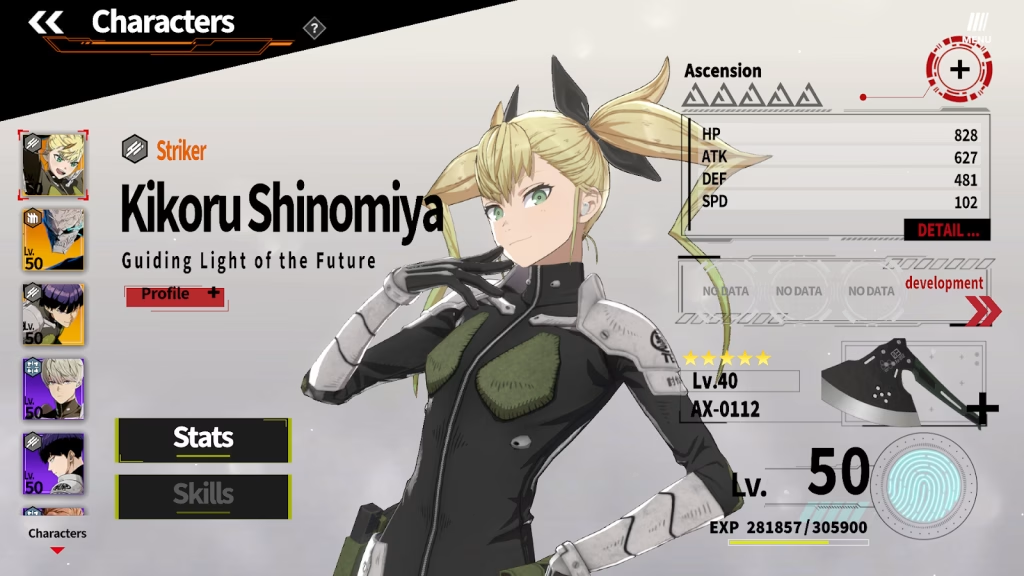
On the positive side, the game is a fantastic visual representation of the Kaiju No. 8 universe. The character models, the smooth animations, and the epic scale of the kaiju battles are all top-notch. The tactical turn-based combat is more engaging than I expected, with the plate-breaking mechanic adding a layer of strategy that keeps you thinking. For a free-to-play title, the game feels premium in its presentation. The fact that they are already syncing up in-game content with the anime’s second season, like the recent debut of Soshiro Hoshina with his Numbers Weapon 10, is a brilliant move that shows they are committed to the franchise.
However, there are some downsides that can’t be ignored. The grind can feel repetitive once you’ve exhausted the main story and side quests. The daily and weekly missions are standard gacha fare, and the progression systems, while numerous, rely heavily on material drops that can feel sparse at times. Some players have also reported performance issues on certain mobile devices, which is something the developers need to address. Finally, the lack of a PC client at launch was a bit of a letdown for many, although the promise of an October 1 release date is reassuring.
As a fan of both the anime and competitive gaming, I see a ton of potential here. While it’s a mobile-first experience, the strategic combat could easily translate into a more competitive, player-versus-player format down the line, although there’s no PvP currently. The game’s success will ultimately depend on how well Akatsuki Games can roll out new content, characters, and events that keep the core player base engaged beyond the initial launch honeymoon. The world of Kaiju No. 8 is vast, with many more monsters and Defense Force members to introduce, so there’s a lot to work with.In conclusion, Kaiju No. 8 THE GAME is a solid, albeit familiar, entry into the gacha RPG landscape. It’s a must-play for fans of the manga and anime, offering a visually stunning and faithful adaptation of the source material. The turn-based combat is surprisingly strategic, and the story content is a treat. However, its longevity will depend on the developers’ ability to provide fresh, engaging content that goes beyond the typical gacha grind. For now, it’s a great game to jump into, and I’ll be keeping a close eye on its development. After all, the Defense Force’s work is never done, and neither is my mission to bring you the best in gaming analysis, whether it’s the latest in Marvel Rivals or an exciting new anime game.

